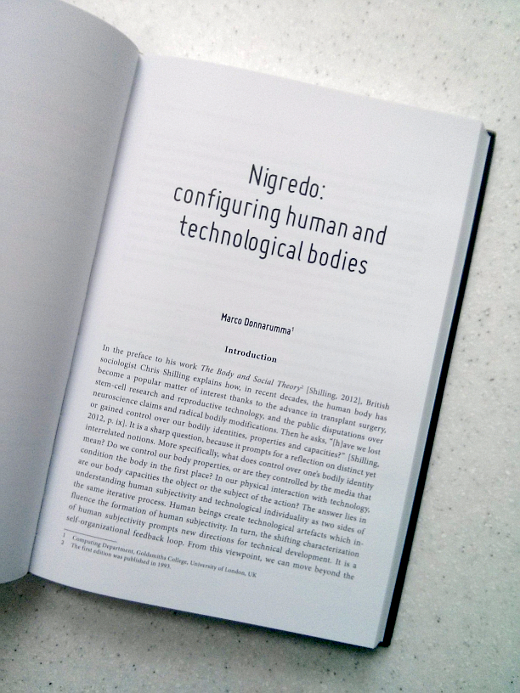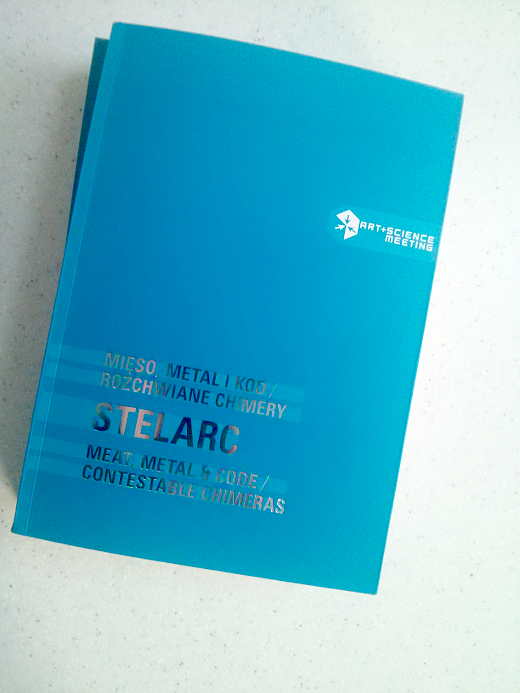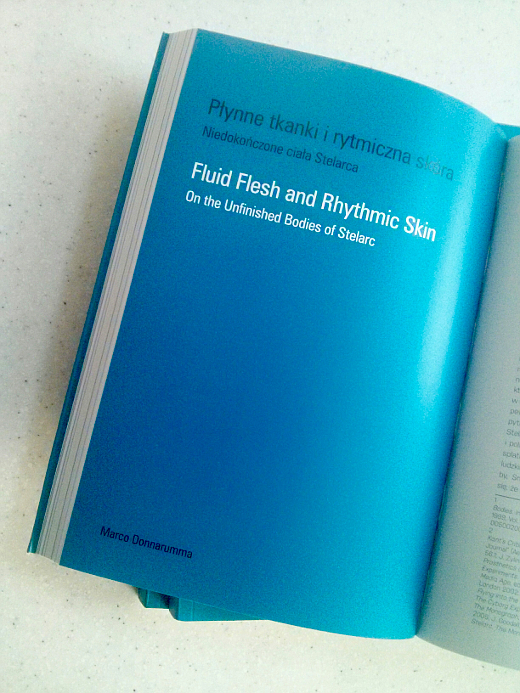
I’m delighted to announce the publication of two books on art and science to which I’ve contributed two different essays. These draw upon my recent doctoral research on corporeality and computation in sound performance. A multidimensional practice-based research which weaves together resources from cultural studies of the body, performing arts and human-computer interaction.
In “Experiencing the Unconventional: Science in Art”, I propose and discuss the notion of “configuration” of human bodies and machines. I do so by linking philosophy of human individuation, body performativity and the use of sound to mediate human physiology with machine circuitry.

“Do we control our body properties, or are they controlled by the media that condition the body in the first place? In our physical interaction with technology, are our body capacities the object or the subject of the action? The answer lies in understanding human subjectivity and technological individuality as two sides of the same iterative process. Human beings create technological artifacts which influence the formation of human subjectivity. In turn, the shifting characterisation of human subjectivity prompts new directions for technical development. It is a self-organisational feedback loop. From this viewpoint, we can move beyond the idea where identity is controlled, and embrace a notion where human subjectivity emerges through the configuration of human bodies with technological bodies. The term ‘configuration’ will be used in this essay to indicate not a mere pairing of machine and human bodies, but the their arrangement in particular forms and for specific purposes.”
Read the full article or buy the book.

In the second book, “Meat, Metal and Code Contestable Chimeras – STELARC”, I examine the practice of pioneering body artist Stelarc. By comparing, through the lens of Deleuze philosophy of sensation, the bodies in Francis Bacon’s painting with those in Stelarc’s performances, I elaborate on the notions of fluid flesh and rhythmic skin that link their works.

“According to Deleuze, when Bacon first draws a head and then scrubs the eyes and the mouth with a brush, he deforms the Figure by exerting directional forces on the canvas. The physical movement of the brush is the force that makes the drawing of the head mutate into something else, something that is not a human nor an animal face. This is the moment when the sensation is brought to light. By looking at the amorphous Figure, one can feel the sensation of those forces, their rhythm. Similarly, in Stelarc’s work, the physical tension of the fish hooks, the ropes and the gravitational field are the forces that make the body mutate into something else, a stretched mesh of skin emptied of its flesh and bones. By looking at Stelarc’s suspended body one can feel the sensation of those forces. The body is motionless to the eyes,
but the rhythm of the forces that pull the body downward and upward is clearly expressed by the deformation of the skin. The skin becomes rhythm.”
Full article can be read here, and the book is available at this page.
Enjoy the reading!
